Colt and its Infantry Automatic Rifle concept
- By Travis Pike
Share This Article
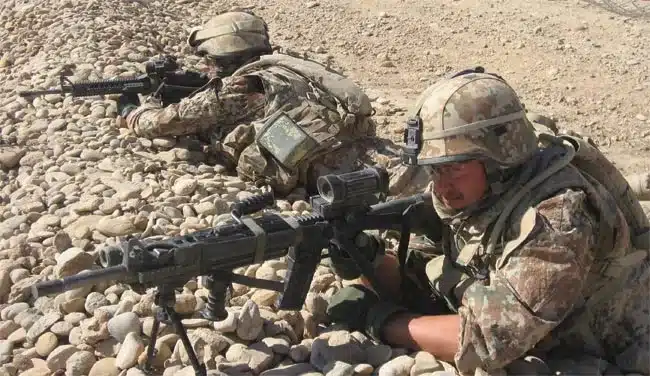
The Marine Corps adopted the M27 IAR (Infantry Automatic Rifle) after a long testing period, and the idea of an infantry automatic rifle became mainstream. We’ve covered the history of the IAR concept and how it dates back to WWI. However, today we will be looking at Colt’s specific entries into the idea of a light support rifle system, as the company has been trying to make the Colt IAR happen ever since they purchased the rights to the AR 15 in the late 50s.
Colt has seemingly pushed the idea for decades. I imagine bums were chapped when they lost the IAR contest to HK. Today let’s peel back the layers at Colt and examine their numerous Infantry Automatic Rifle concepts.
The OG CAR-15 Model 606
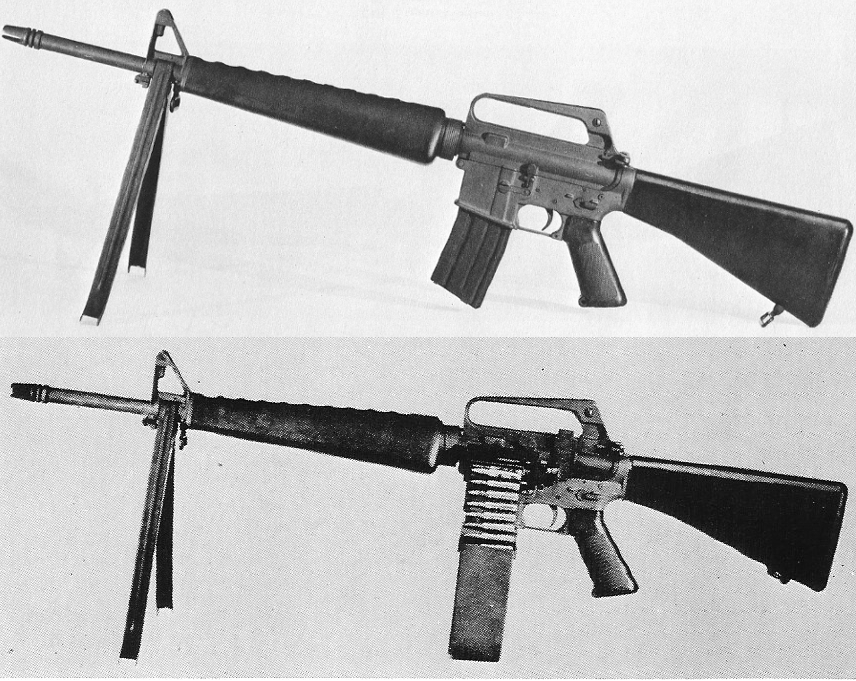
When people say CAR-15, they mostly refer to the short carbine Colt designed for special ops troops. In reality, the CAR-15 is a family of rifles, not a single carbine. One of the many rifles in the CAR-15 family was the model 606. The model 606 was known as the heavy assault rifle and came in two main configurations with two variations.
The variations were called A and B models. The A models featured forward assist devices found on the Colt 603 rifles. The B model featured a four-position selector with burst fire as an option. The two configurations were the M1 and M2 models.
The M1 model featured a heavy profile barrel designed for sustained automatic fire. Additionally, a bipod was added to provide stability, and Colt developed a 30-round magazine for the weapon. It was your typical M16 and is what we expect from an infantry automatic rifle today.
The M2 version makes me plenty giddy. It’s uber-sweet and features a belt-fed design, making it less of an automatic rifle and more of a true light machine gun. The 606 M2 featured the same heavy barrel and bipods but fed from a belt housed in a drum mounted to the gun.
Sadly, neither saw adoption and were just prototypes and ideas that never got off the ground.
Related: More than missing guns: Why America lost dogfights over Vietnam
The interim SAW
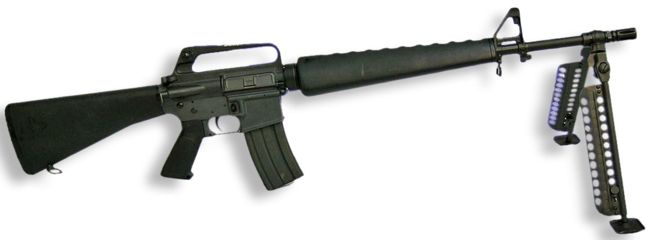
The Marine Corps had used the M16A1 as a light support weapon for quite some time before the SAW took off. Between the SAW adoption and the Marines fielding M16A1s, they contracted with a company called WAK Inc. to produce an interim SAW. WAK took a Colt M16 and modified it extensively. They converted it to an open bolt design and utilized a special buffer and a compensator paired with a bipod.
The Army took notice and developed the WAK Inc. design in order to create the BRL XM106. This acted less as an interim SAW and more as a control variable in the SAW competition. The BRL XM106 version used a removable barrel, bipod, and a vertical foregrip. Ultimately, the M2490 SAW beat the BRL XM106.
Related: What is a carry handle and why do rifles have them?
The Colt Diemaco LMG

Colt looked at the basic ideas behind the WAK and BRL XM106 automatic rifles and began making their own new light machine gun. What we got was an M16A1 on steroids. They beefed up the barrel to nearly an inch thick to deal with the increased heat of sustained fire.
The Colt Miemaco LMG used a special hydraulic buffer assembly to reduce recoil and improve control. Without much surprise, a bipod was added as well as a forward grip. The grip worked with the new specialized handguard. The handguard was a huge square-shaped design that enclosed the gas tube. The handguard’s large size and the foregrip kept the gun from getting too hot to handle.
These were open bolt, full auto-only guns. Colt packaged them with 90-round drum magazines for increased ammo capacity, but they could use standard M16 magazines as well.
Colt went to our neighbors up north to evolve the design with Diemaco, as they wanted to sell their Colt LMG to the Canadian military. This new automatic rifle was based on the M16A2 and known by its model number, the 750. It was similar to the original but now was a closed bolt weapon with the ability to choose between semi and full auto. It became known as the Diemaco LSW and saw success with the Danish and Dutch military forces.
The gun has continued to become one of the premier automatic rifles with numerous upgrades, including modern rail systems, collapsing stocks, and more to keep things fresh and modern.
The Colt IAR

Finally, the latest entry into the Colt Automatic Rifle saga is the Colt IAR. This weapon comes in two varieties, the 6940 and 6940H. The 6940 features a monolithic upper receiver for maximum stability and weighs 10.1 pounds. The 6940H features a standard upper and uses a Knight’s Armament Handguard with a total weight of 9.28 pounds.
These rifles feature a heavy profile, 16.1-inch barrels for increased sustained fire, as well as massive heat sinks at the front of the weapon. This makes it easier to handle when hot. These guns are very modern and feature collapsing stocks, optics rails, and most modern accessories you see on M4 rifles.
Colt used this gun in the Marines’ IAR contest but ultimately lost out to the HK entry.
The Colt automatic rifle’s future
I doubt Colt is done trying to make their automatic rifles a thing. They’ve admittedly had some success, and now with CZ owning Colt, we might see more innovation in this area.
The Colt IAR certainly has promise and will hopefully continue to evolve. The original Colt heavy assault rifle, the M2 variant, is my favorite, but I like retro rifles. What’s yours?
Read more from Sandboxx News
Related Posts
Sandboxx News Merch
-
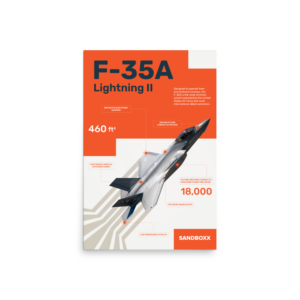
F-35 ‘Lightning’ Poster
$22.00 – $28.00 Select options This product has multiple variants. The options may be chosen on the product page -

F-35 ‘Evolution’ Poster
$22.00 – $28.00 Select options This product has multiple variants. The options may be chosen on the product page -

F-35 ‘Evolution’ Framed Poster
$45.00 – $111.00 Select options This product has multiple variants. The options may be chosen on the product page

Travis Pike
Travis Pike is a former Marine Machine gunner who served with 2nd Bn 2nd Marines for 5 years. He deployed in 2009 to Afghanistan and again in 2011 with the 22nd MEU(SOC) during a record-setting 11 months at sea. He’s trained with the Romanian Army, the Spanish Marines, the Emirate Marines, and the Afghan National Army. He serves as an NRA certified pistol instructor and teaches concealed carry classes.
Related to: Gear & Tech
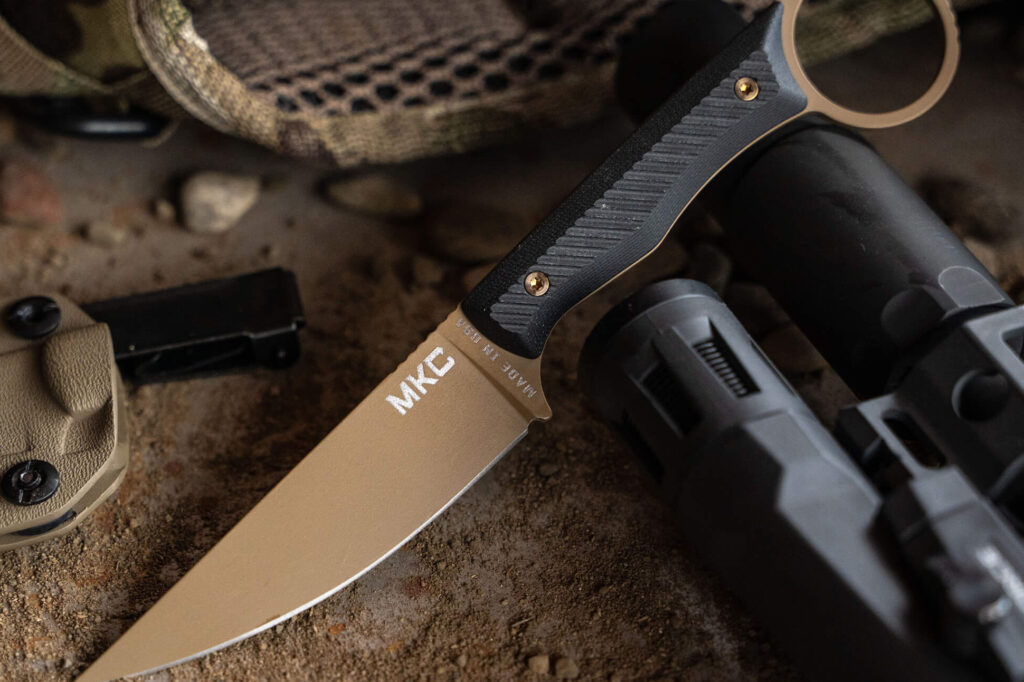
Montana Knife Company enters the tactical knife realm
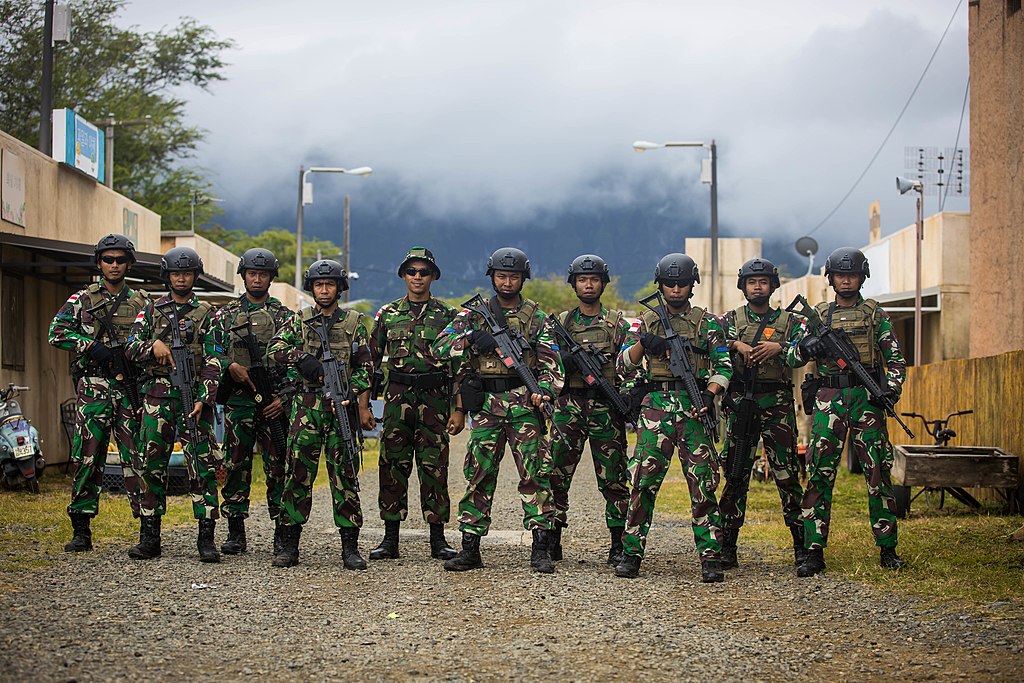
Indonesia’s Pindad SS2 – Service rifles from around the world

Semper Fi: The Marine Corps is turning 249 years old. Let’s talk about its birthday celebrations
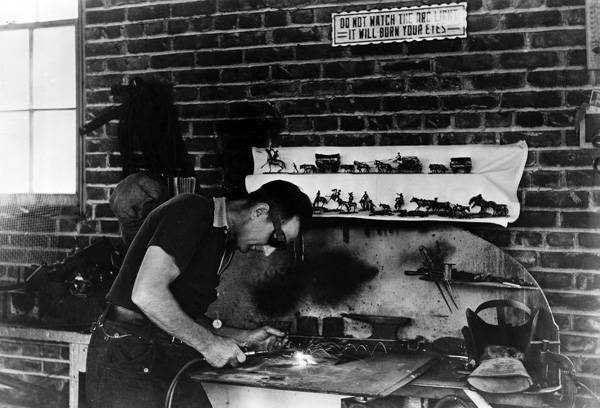
Floyd Nichols’ handcrafted WWII knives never achieved wide fame but are now collectible
Sandboxx News
-

‘Sandboxx News’ Trucker Cap
$27.00 Select options This product has multiple variants. The options may be chosen on the product page -

‘AirPower’ Classic Hoodie
$46.00 – $48.00 Select options This product has multiple variants. The options may be chosen on the product page -

‘AirPower’ Golf Rope Hat
$31.00 Select options This product has multiple variants. The options may be chosen on the product page -

‘Sandboxx News’ Dad Hat
$27.00 Select options This product has multiple variants. The options may be chosen on the product page
